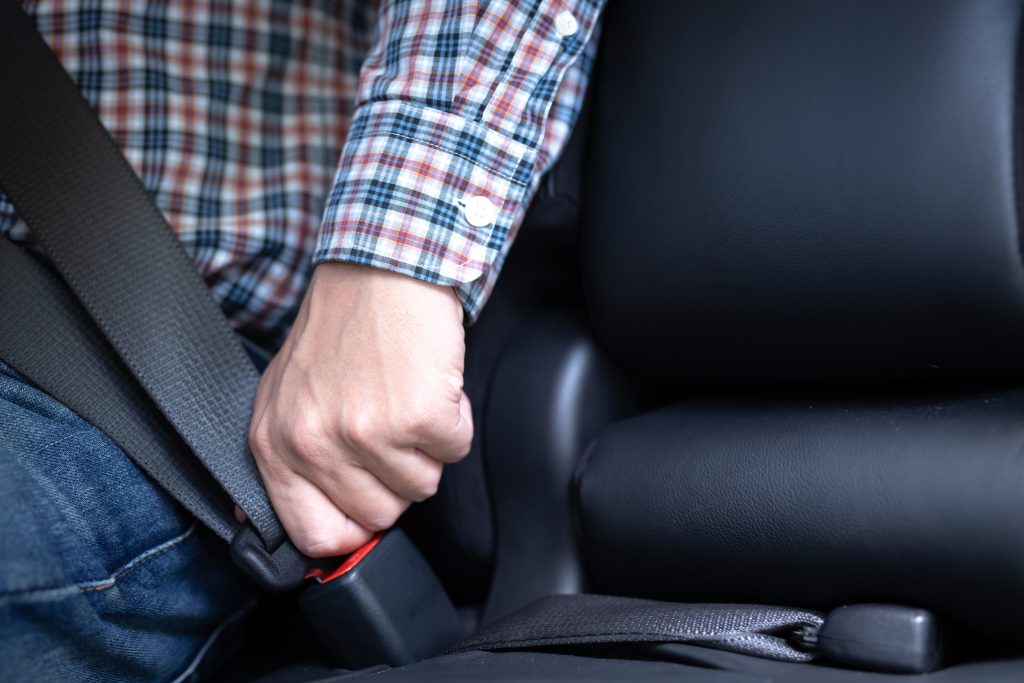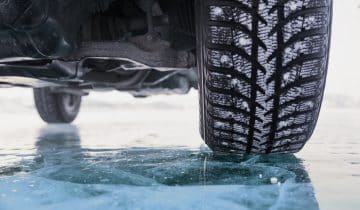Undoubtedly, wearing your seatbelt correctly is one of the best ways to stay safe on the road. This is statistically proven: for drivers involved in a front-end collision, studies show that their risk of death is reduced by over 45%. Unfortunately, while wearing seat belts helps make you safer, it can also cause injury in the event of a crash.
Seat belt injuries can result from issues like improper wear or malfunctioning seat belts; unfortunately, they can be severe. To keep yourself safe on the road, it’s essential to know how to wear your seat belt properly. This article will explore all the details of seat belt use and how to protect yourself from injury.
How Do Seat Belts Cause Injuries?
Seat belts are designed to keep passengers secure in a car accident by holding them firmly against their seats. Unfortunately, the sudden stop that characterizes many car crashes results in an incredible amount of force being applied to the passengers — and when this force is transferred through the seat belt, it can sometimes cause injury.
Most seat belt injuries, like bruises and scrapes, result from this level of force. They can sometimes also cause internal injuries to the abdomen, shoulder, spinal cord, neck, and sternum due to the placement of the lap and shoulder belts, even though the placement is generally considered ideal. If the belts are improperly worn, seat belt injury can be as severe as internal organ damage and intestinal injuries.
What Are the Most Common Types of Seat Belt Injuries?
The most common injuries resulting from seat belt injuries are scrapes, bruises, fractures, and dislocations. Depending on the severity of the car accident and whether or not restraints were worn, a severe injury can sometimes result. Common seat belt injuries include:
- Heavy bruising underneath the shoulder belt that indicates internal bleeding, also known as seat belt syndrome
- An internal injury such as organ damage or bleeding
- Rib fractures, potentially causing the bone to puncture internal organs or veins
- Intestinal injuries like ruptured bowel or intestinal perforation
- Long-lasting back pain, which can be indicative of spine injuries
How Can I Prevent Seat Belt Injury?
Wear Your Seat Belt Properly
The most important thing you can do to reduce your risk of seat belt injury in the event of a crash is to wear your seat belt properly. Many seat belt injuries happen as a result of improper wear.
As you secure your seat belt, you should ensure that the shoulder blade crosses your chest without the belt going near your neck. The lap belt should go across your hips without being near your stomach.
You should always keep your seat belt in the proper position. Placing your lap belt too high, putting your shoulder belt behind your back, or positioning the shoulder belt under your arm will put you at serious risk of injury if a car accident occurs.
Sit Properly in Your Car
If you want to avoid a potential seat belt injury, you should make sure that you’re always sitting correctly in your car. You should sit upright with your back against the seat, with at least 10 inches of space between your chest and the center of the steering wheel. Your seat should be minimally reclined to ensure that the shoulder belt fits properly. If your sitting position isn’t comfortable for driving, you should adjust your seat instead of your sitting position.
Install a Specialty Seat Belt Or Extender if Needed
If your seat belt doesn’t fit you comfortably, you don’t have to forgo wearing it entirely. Many car manufacturers offer seat belt extenders to help you stay safe and buckle up without sacrificing comfort. You should make sure that you purchase your extender directly from your car’s manufacturer, as off-brand extenders may malfunction or break in the event of a crash.
Make Sure Your Seat Belt Is Functional
While most seat belt injuries are caused by the belt’s intended function or user error, there have been cases of a defective seat belt causing seat belt injuries. You should ensure your belt is in good condition, without any noticeable wear or malfunction on the webbing, tongue, or buckle. If you use any accessories, such as a seat belt extender, you should ensure that your car’s manufacturer officially produces it. It’s impossible to guarantee that third-party devices will keep you safe in a crash.
Are Seat Belts Still Worth Using?
Yes, seat belts are still worth using. While they do put you at some risk of injury, seat belt use diffuses the force of a car crash in the safest way. If you’re buckled up during a terrible crash, you may suffer from injuries like scrapes and fractures, but if you were unbuckled, the same force could quickly kill you. To stay safe while using your seat belt, you should make sure that you always wear it safely.
Seat Belts Help Keep You Safe on the Road
There’s no dispute that seat belts keep you safe on the road. Studies show that seat belts can reduce the risk of death by 45% for drivers and 50% for front-end passengers in the event of a front-end collision. And even though only 10% of vehicle occupants choose not to wear their seat belts, they represent over 50% of auto accident fatalities. You should always wear your seat belt to stay safe on the road.
Final Thoughts: Preventing Seat Belt Injury
Buckling up is one of the most important things you can do before driving, but if you want to stay as safe as possible, you should always wear your seat belt properly. We hope our article on preventing seat belt injury helps you take the proper steps to stay safe on the road.

